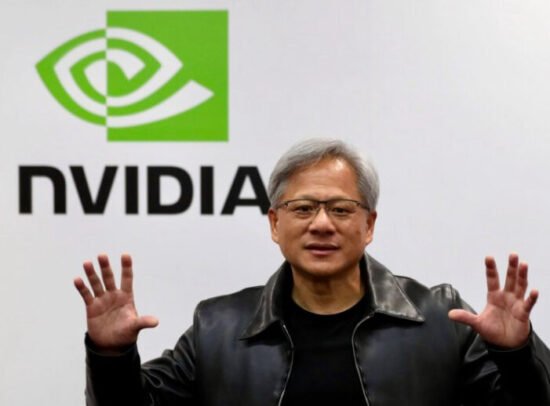#GrowthStocks #TechInnovation #MarketCap #TrillionDollarClub #Investing #Apple $AAPL #Nvidia $NVDA #Microsoft $MSFT #StockMarket #FinancialAnalysis
—
Over the span of just two decades, the landscape of the most valuable publicly traded companies has undergone a significant transformation. It’s fascinating to observe this shift from the domination of industrial and energy giants such as General Electric and ExxonMobil, which held the top spots in terms of market capitalization around the turn of the millennium, to the current reign of tech behemoths. Back in the early 2000s, General Electric and ExxonMobil were valued at $319 billion and $283 billion, respectively, symbols of industrial might and energy dominance. Fast forward to today, and the landscape is predominantly ruled by technology-focused firms, marking a substantial shift in where value and growth are being generated in the modern economy. This evolution reflects broader economic and societal transformations towards digitalization and technology reliance.
Entering this exclusive domain is a new contender that analysts believe could march into the illustrious $3 trillion club by 2029, joining the ranks of Apple, Nvidia, and Microsoft. These companies have not only surpassed the $1 trillion mark but are also on their trajectory towards breaking through the next major milestone. The journey of Apple, Nvidia, and Microsoft to their current valuations is a testament to the immense scalability and profitability of innovative technology and software. These firms have diversified their product lines, ventured into new markets, and continually pushed the boundaries of what’s possible, thereby securing their positions as leaders in the highly competitive tech landscape.
The potential new entrant to the $3 trillion club represents the epitome of unstoppable growth within the tech sector. Its path is emblematic of a broader trend where technology, driven by relentless innovation and strategic market positioning, commands an ever-increasing share of consumer and corporate spending. This scenario is not just about market capitalization; it’s a narrative on how tech companies are increasingly becoming integral to everyday life, reshaping industries, and setting new standards for what constitutes a valuable company. As such, investors and market watchers are closely monitoring this emerging powerhouse, eager to see how its story will unfold and how it will navigate the challenges and opportunities that lie ahead in the dynamic tech landscape.
The implications of another company joining the $3 trillion market cap club are profound, not just for the stock market but for the global economy at large. It highlights the ongoing shift towards a digital and knowledge-based economy where value creation is heavily centered around technology and innovation. Such a development would further underline the importance of investing in research and development, intellectual property, and digital infrastructure as key drivers of economic growth and competitiveness. As we look towards 2029, the anticipation around which company will next join the ranks of Apple, Nvidia, and Microsoft reflects broader speculations about the future direction of the global economy, emerging technological trends, and the evolving nature of wealth and value creation in the 21st century.











Comments are closed.